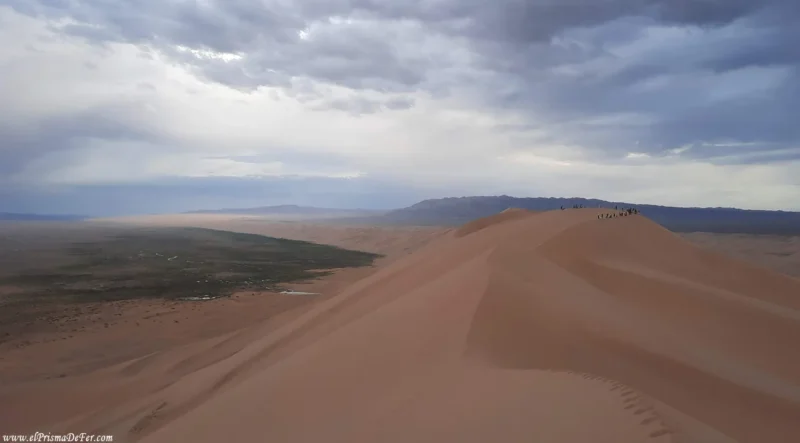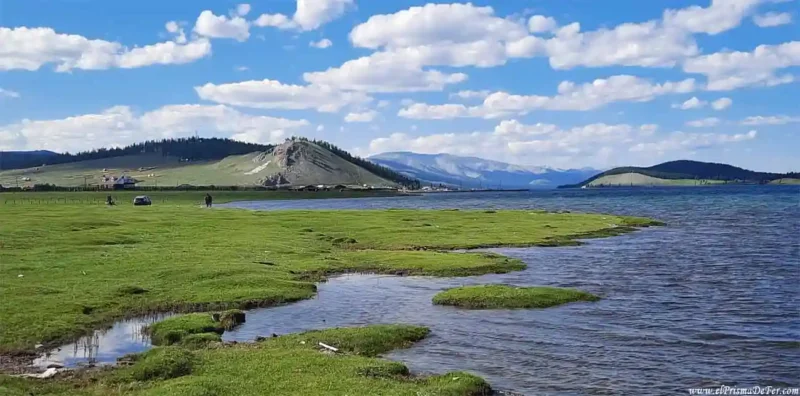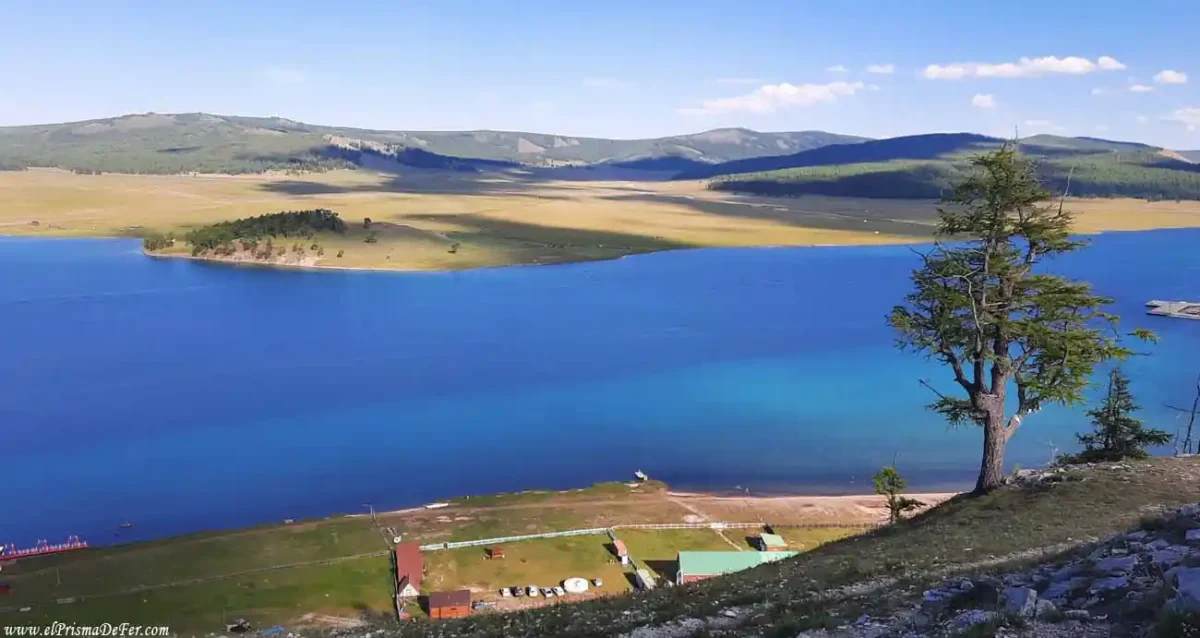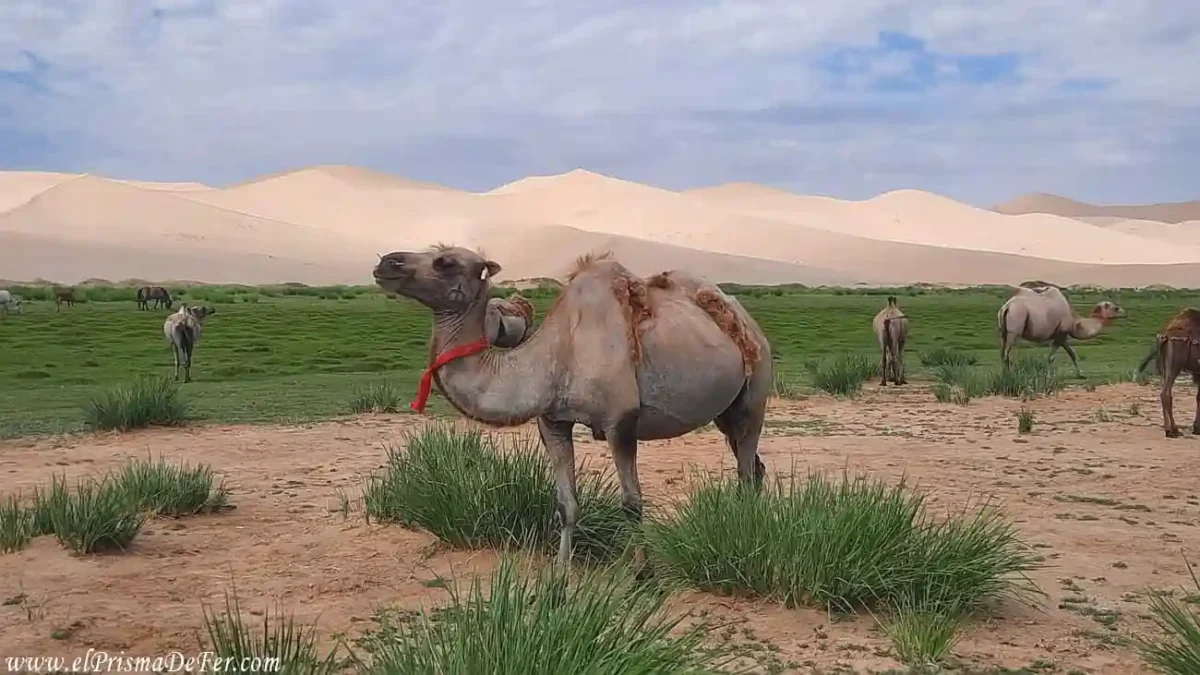Ulaanbaatar isn't generally well-known among tourists, as it lacks many traditional attractions and its atmosphere is concentrated mainly around the city's central square. Despite being the coldest city in the world, with winter temperatures that can drop to -30°C, its role as the capital and cultural center of Mongolia makes it a key destination for those wishing to immerse themselves in the country's life and customs.
The city is the main starting point for exploring Mongolia and offers several sites worth exploring, from historic temples and museums to restaurants serving international cuisine. Read on to learn more about what the Mongolian capital has to offer.
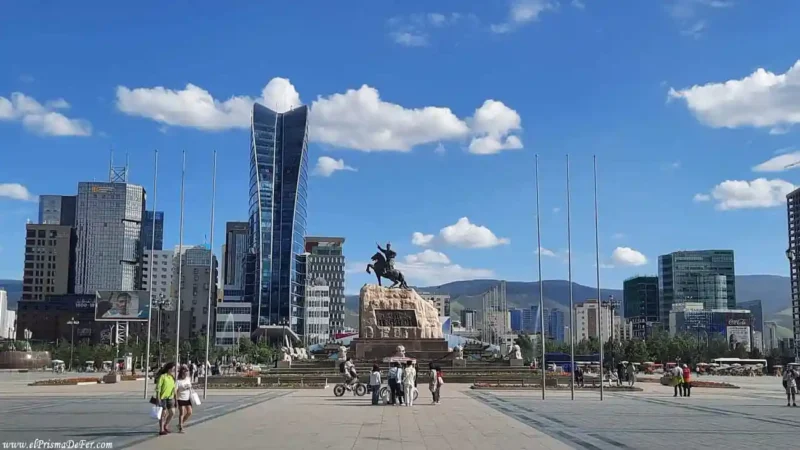

Table of Contents
What is Ulaanbaatar like?
Ulaanbaatar is a city of contrasts, where modernity coexists with neighborhoods that preserve the typical Soviet architecture, characterized by functional and austere blocks. Several Buddhist temples also stand out, adding a spiritual and traditional touch to the urban landscape.
Although it is not a very large city compared to other capitals, Ulaanbaatar is known for its extremely cold winters, which can reach temperatures below –30°C. During this time, air quality is often affected by smog, mainly caused by the widespread use of boilers for heating.
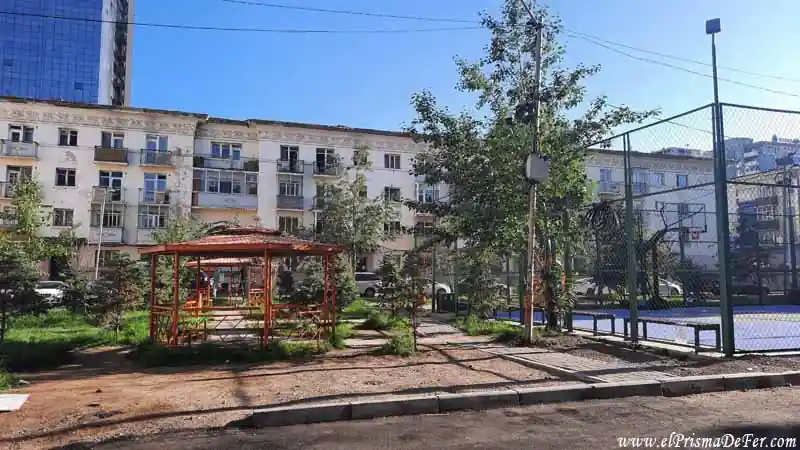
Despite this, the city offers a good variety of international dining options, including multi-cuisine restaurants, well-known brand stores, and modern shopping malls, making it an urban center with cosmopolitan amenities in the heart of Mongolia.
How to get to Ulaanbaatar
If you're traveling from Russia or China, one of the most popular and picturesque options is to arrive by train, enjoying unique landscapes and the experience of the Trans-Siberian Railway or its Trans-Mongolian branch. Trains connect major cities like Moscow and Beijing with Ulaanbaatar, making this a memorable trip.
If you prefer to fly, direct flights to Ulaanbaatar tend to be expensive and less frequent. Therefore, many travelers choose to fly first to Beijing, which has many international connections, and from there take a flight or ground transportation to Ulaanbaatar. This option can be more economical and flexible depending on the season.
If you decided to come by land from China, when crossing the border crossing Zamyn-Üüd – Erenhot (Erlian), in addition to the train, which has only one daily frequency (around 6:00 p.m.), there are also more informal options such as shared taxis, which usually leave when they are full, and it is even possible to do it by bus. However, bus schedules are not clearly defined, so it is best to confirm directly at the station or with locals.
The train journey usually takes about 15 hours, while a shared taxi takes about 8 hours, with an estimated cost of 100,000 tugrik or 220 yuan. On the Mongolian side, you'll find currency exchange offices and ATMs where you can withdraw money.
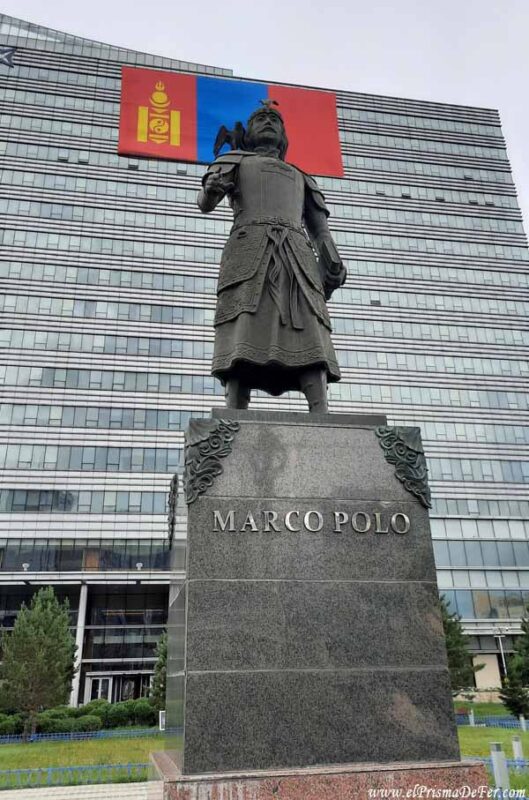
How to get around Ulaanbaatar
Getting around Ulaanbaatar is quite easy thanks to several public and private transportation options.
- City buses: These are the most economical option for getting around, although they can be somewhat crowded during rush hour. There are routes that cover much of the city and operate with a simple payment system.
- Taxis: Taxis are common and relatively affordable. It is advisable to use local apps like UB Cab or international services like Bolt, which work well in the city and allow you to order taxis with clear and secure rates.
- Motorcycle taxis: In some areas, motorcycle taxis are seen, a quick alternative for short trips, but it is important to evaluate safety before using them.
- Urban Hitchhiking: Another very common and practical option is simply to raise your hand on the street to flag down any passing car. If the driver wants, they'll stop and take you to your destination for a prearranged price. It's a very informal method, but widely used by locals and effective for getting around quickly.
- On foot: The city center, especially around Sükhbaatar Square, is quite walkable, ideal for exploring museums, temples, and markets.
In general, combining these options allows for efficient and economical travel within Ulaanbaatar.
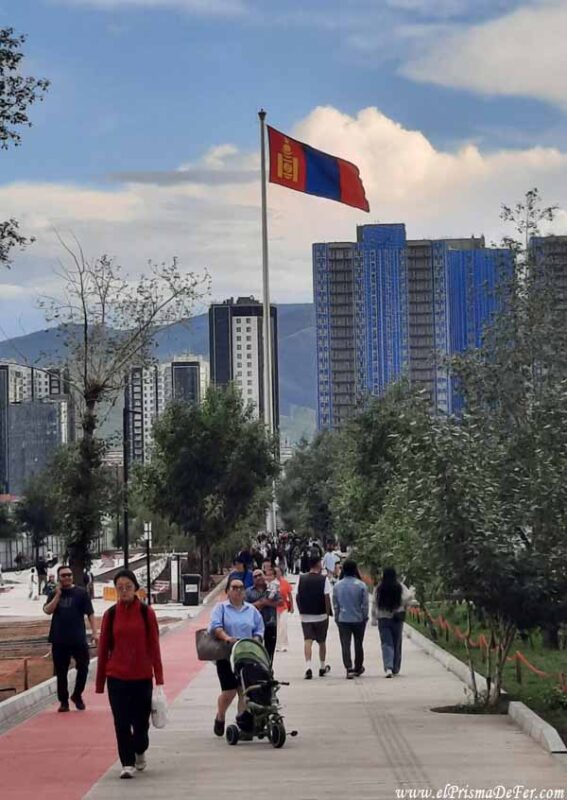
How to get from Ulaanbaatar to major cities
From Ulaanbaatar, you can travel to several key cities in the country, which serve as jumping-off points for exploring different regions of Mongolia. Most buses depart from the Songinokhairkhan – Dragon terminal (see location on the map):
- Karakorum: This historic city, the former capital of the Mongol Empire, is located about 370 km to the west. It can be reached by bus or minibus from Ulaanbaatar's central terminal, with a journey time of approximately 6 to 8 hours depending on road conditions. Trains are also available.
- Moron: Located in the Huvsgul region in the north of the country, it's accessible by domestic flights from Ulaanbaatar Airport, making it easy to travel to this area of lakes and stunning nature. There are also road bus options. The trip takes approximately 12 hours.
- Dalanzadgad: Gateway to the Gobi Desert, Dalanzadgad is connected to Ulaanbaatar via scheduled flights or by road. The flight takes about an hour, while the overland journey can take almost 8 hours.
- Khovd: In the far west of Mongolia, Khovd can be reached primarily by plane from the capital, as the distances and road conditions make overland travel very long. If you choose to travel by land, buses usually depart from Songinokhairkhan – Nomin station.
All bus journeys within Mongolia can be easily booked online, for example, using the Tapa Trip app, which is one of the most popular platforms for booking ground transportation tickets in the country. This makes it easy to plan and secure your trip in advance.
In general, Ulaanbaatar serves as the main hub for connecting with the rest of the country, offering both air and land options depending on the destination and budget.
How to get to Ulaanbaatar airport
To get to Ulaanbaatar Airport (Chinggis Khaan International Airport), one of the most practical options is to coordinate with the combis or shared vans that leave from different central points in the city. These services operate as public transportation, carry several passengers, and are cheaper than private taxis. They can usually be booked through hostels, hotels, or local travel agencies, which usually have up-to-date schedules and contact information. It's advisable to plan ahead to secure a spot and calculate your time well, as traffic in Ulaanbaatar can be very heavy at certain times.
In addition to the vans that can be arranged from the city center, there is the option of taking the public bus X-19, which directly connects Sükhbaatar Square with Chinggis Khaan International Airport. This is a cheaper option (around 15,000 ₮), although with fewer schedules and somewhat less comfort than the private vans.

Map with the main attractions of Ulaanbaatar
What to do in Ulaanbaatar
Ulan Bator combines ancient traditions with a growing modern spirit. Between Buddhist temples, museums telling the story of Genghis Khan's empire, and bustling markets, the city offers a wide variety of activities to immerse yourself in its unique culture. The main activities to do in the Mongolian capital are:
Visit Gandan Monastery
Gandan Monastery is Mongolia's most important spiritual center. Founded in the 19th century, it remains an active Buddhist place of worship and offers the opportunity to observe traditional rituals, admire its architecture and sculptures, and learn about the religion that influences much of Mongolian culture.
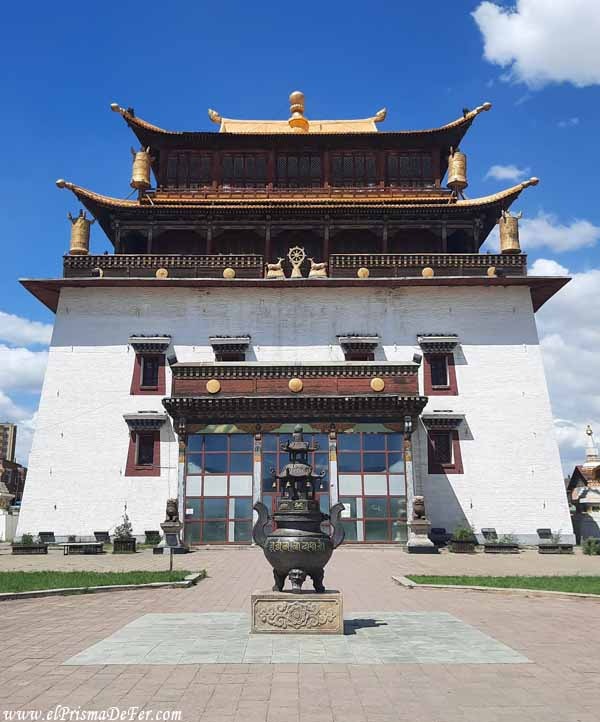
Stroll through Sükhbaatar Square
Ulaanbaatar's main square, dedicated to the national hero Damdin Sükhbaatar, is the political and social heart of the city. It houses important government buildings, statues, and open spaces where events and demonstrations are often held. It's a good starting point for exploring the city center.
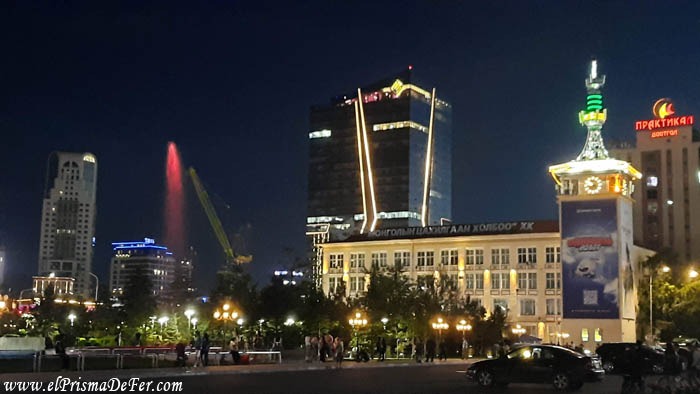
Explore the National Museum of Mongolian History
This museum offers a comprehensive overview of the country's history, from prehistory to the modern era. It features displays of archaeological artifacts, traditional clothing, and documents that help understand Mongolia's cultural and political development.
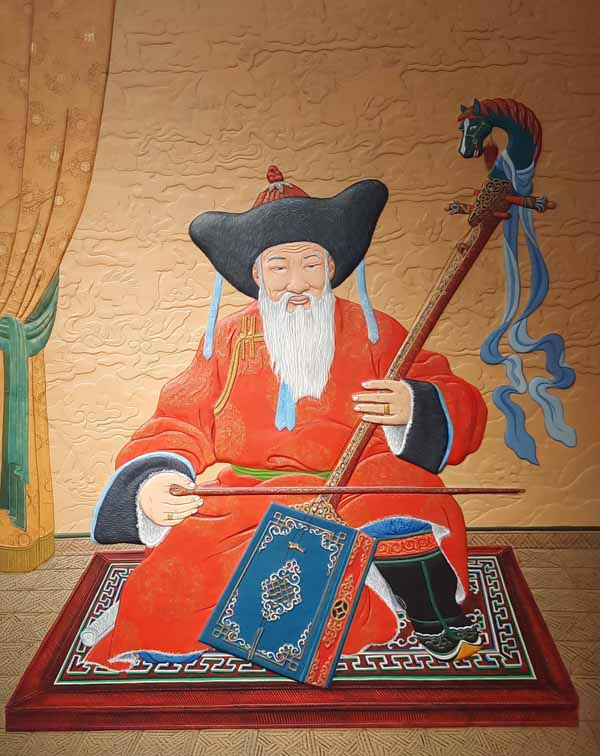
Visit the Genghis Khan Museum
This museum is dedicated to the life and legacy of Genghis Khan, the founding leader of the Mongol Empire. Through interactive exhibits, historical artifacts, maps, and reconstructions, it offers an in-depth look at his impact on world history and Mongolian culture. It's a must-see to understand Mongolia's most iconic figure.
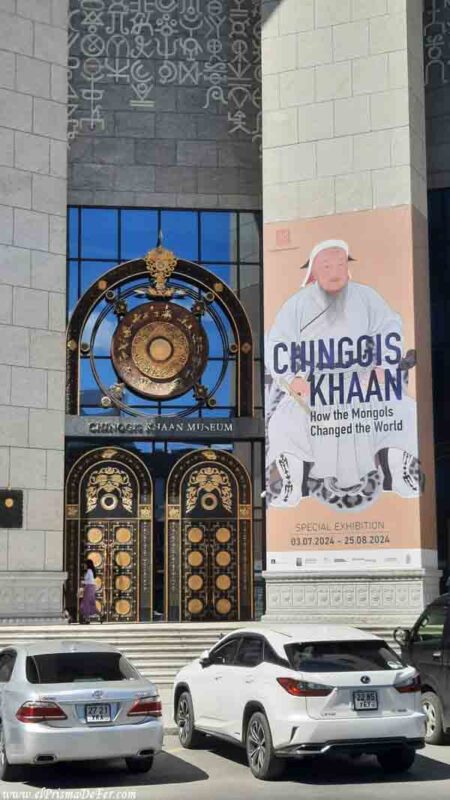
Visit Bogd Khan's Winter Palace
The residence of the last Mongol king, this palace-museum houses furnishings, personal belongings, and religious art. It is one of the best-preserved sites and offers a glimpse into Mongolia's monarchical and spiritual past.
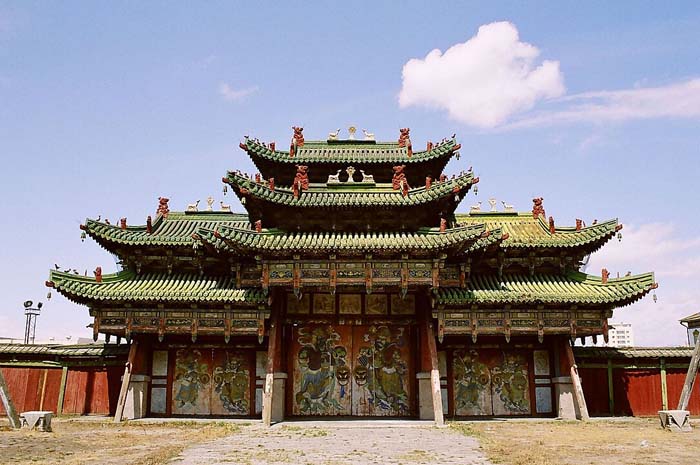
Stroll through the Narantuul Market
Known as the "black market," although it's completely legal, it's Mongolia's largest market where you can find everything from clothing, souvenirs, electronics, and local food. It's ideal for those who want to experience daily life and traditional Mongolian commerce.
Watch a traditional singing and music show
One experience I highly recommend in Ulaanbaatar is attending a traditional music and singing show at The Children’s Palace. The show lasts approximately one hour and allows you to see traditional dances, hear traditional instruments, and enjoy the famous Mongolian throat singing. There is no official website with clear schedules, but if you visit the venue and inquire, the staff will be able to tell you when the performances are held (see location on the map).
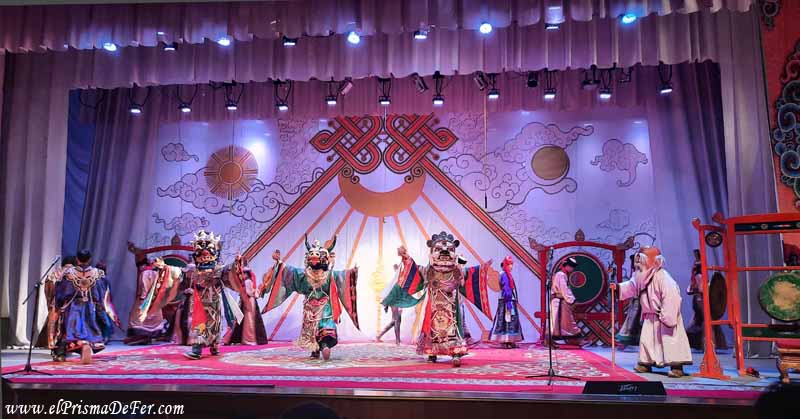
Enjoy local and international cuisine
Ulaanbaatar boasts a wide range of cuisines, from restaurants serving typical Mongolian dishes such as buuz and khorkhog to international options ranging from Chinese, Japanese, and even Italian. It's a great way to try different flavors and experience the city's culinary diversity.
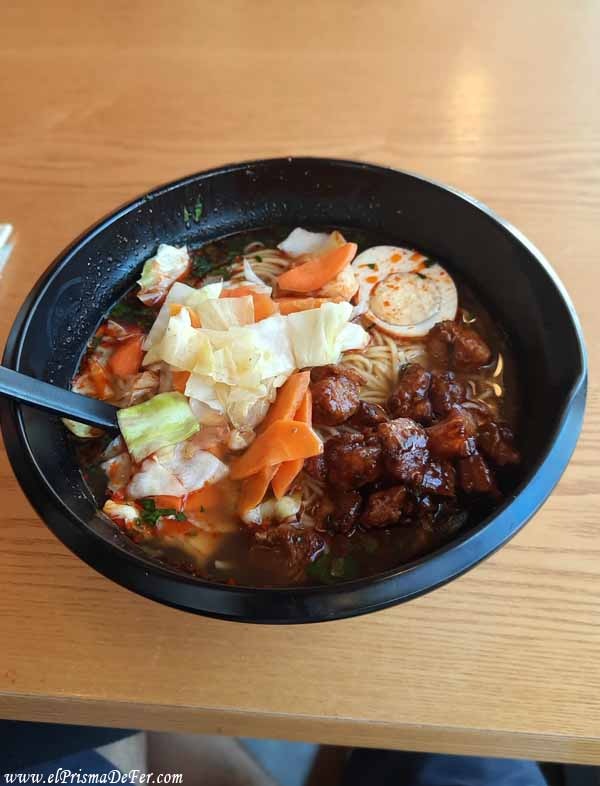
Excursions from Ulaanbaatar
While Ulaanbaatar has limited offerings within the city itself, the surrounding area offers interesting options for a day trip:
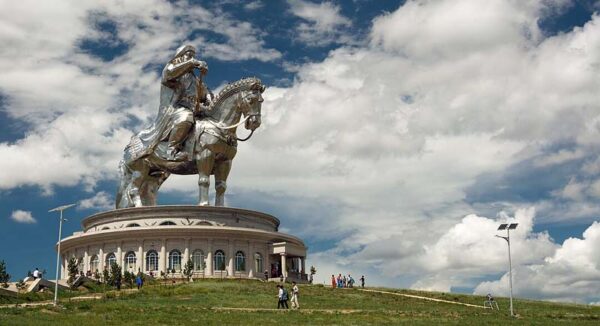
- Giant Equestrian Statue of Genghis Khan: About 50 km east of the city, this impressive 40-meter-high statue is one of the world's largest dedicated to Genghis Khan. The complex includes a museum and a viewing platform with panoramic views. The trip is a popular day trip from Ulaanbaatar and can be done by private car, taxi, or organized tours that often include transportation and a guide. It's a popular destination for those looking to combine culture and history with nature.
- Trekking in the nearby hills: Right near Ulaanbaatar, there are some hills where you can trek and enjoy nature, fresh air, and panoramic views of the city and the Mongolian steppe. These routes are accessible and a good way to escape the urban hustle and bustle without going too far.
- Hustai National Park: A short distance from the city, this park is known for its wild takhi horses, also known as Przewalski's horses, a species that was once on the brink of extinction and has been reintroduced here. It's an ideal place for nature and wildlife lovers.
These excursions are for those who want to complement their visit to the city with direct contact with nature and Mongolian history.

Where to go out at night in Ulaanbaatar
Seoul Street is the epicenter of Ulaanbaatar's nightlife . Along this street, you'll find a wide variety of bars, restaurants, and cafes offering everything from local to international cuisine. There are also several clubs and bars where you can dance and enjoy live music or DJ sets, ideal for those looking for a lively night out in the Mongolian capital.
It's a popular spot for both locals and tourists, and the atmosphere is generally quite friendly and relaxed. If you want to experience the more modern and festive side of Ulaanbaatar, Seoul Street is the place to go.
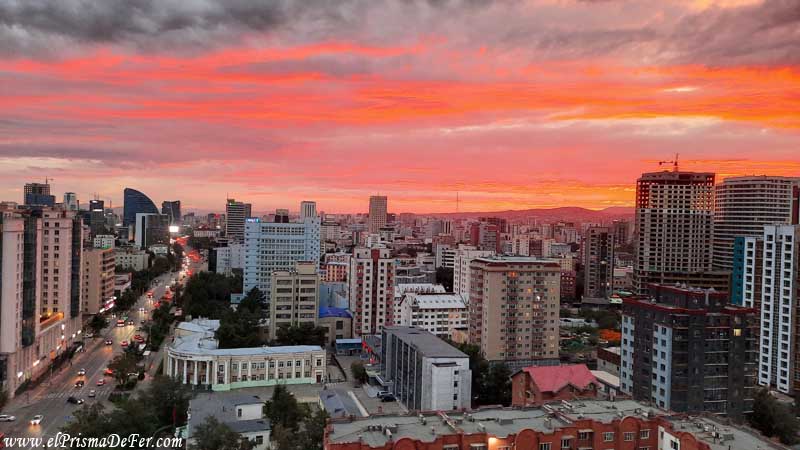
The best time to visit Ulaanbaatar
The best time to visit Ulaanbaatar is during spring and summer, between May and September, when temperatures are more pleasant and the weather allows for a more enjoyable time in the city and its surroundings. During these months, the days are longer and pollution is generally lower.
Winter, on the other hand, is extremely cold, with temperatures that can drop below -30°C, and the city also suffers from high levels of smog due to the intensive use of heating boilers. This can affect the travel experience, so unless you're looking to experience winter, it's advisable to avoid this season when exploring the capital.
What is the best area to stay in Ulaanbaatar?
The ideal place to stay in Ulaanbaatar is to look for a place near Sükhbaatar Square, the heart of the city. This central location allows easy access to the main tourist attractions, restaurants, shops, and public transportation. Plus, being centrally located, you can better enjoy the urban and cultural atmosphere that the Mongolian capital has to offer.
In this area, you'll find everything from budget hostels to mid-range hotels and some luxury ones, making it easy to find an option that fits different budgets and travel styles.
I stayed at the Hostel City Guesthouse & Tours. It's close to the center, has a good atmosphere, comfortable facilities, and they also work as a travel agency, in case you want to book a tour in Mongolia. They usually have competitive prices, and I haven't heard any complaints from guests who did activities with them.
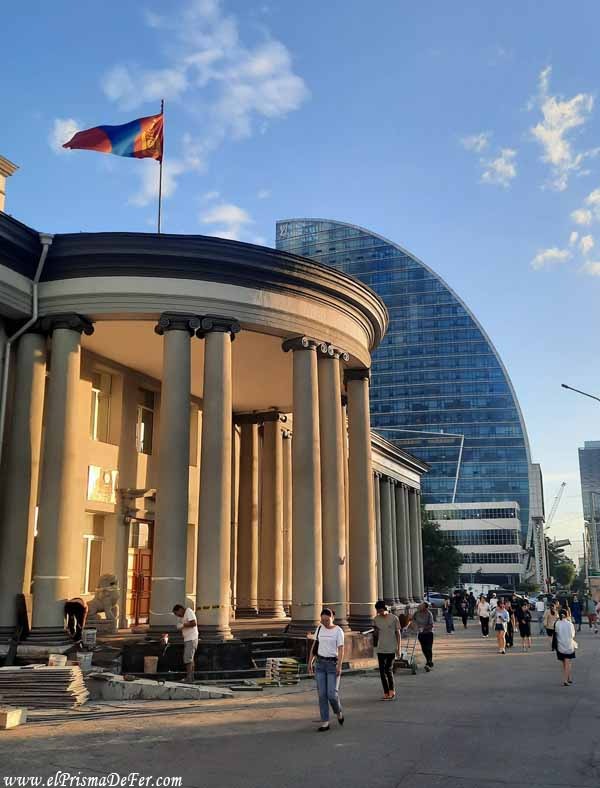
How many days to stay in Ulaanbaatar
If the plan is to visit only the main attractions of the city, 2 or 3 days is usually enough to visit museums, temples, markets and enjoy the urban atmosphere. Ulaanbaatar is a compact city, and most of its points of interest are relatively close to each other.
However, if your goal is to travel around Mongolia and explore other regions, you'll inevitably need more days in the capital, as Ulaanbaatar serves as the main logistics hub and starting point for travel within the country. In that case, your stay can be extended to coordinate transportation, tours, and breaks.
Reflections on my stay in Ulaanbaatar
The truth is that I had a good time during my stay in Ulaanbaatar, although I wouldn't consider it one of the most beautiful cities to visit in the region, especially if I compare it to places like Almaty in Kazakhstan or cities that look like China in terms of urban development or infrastructure.
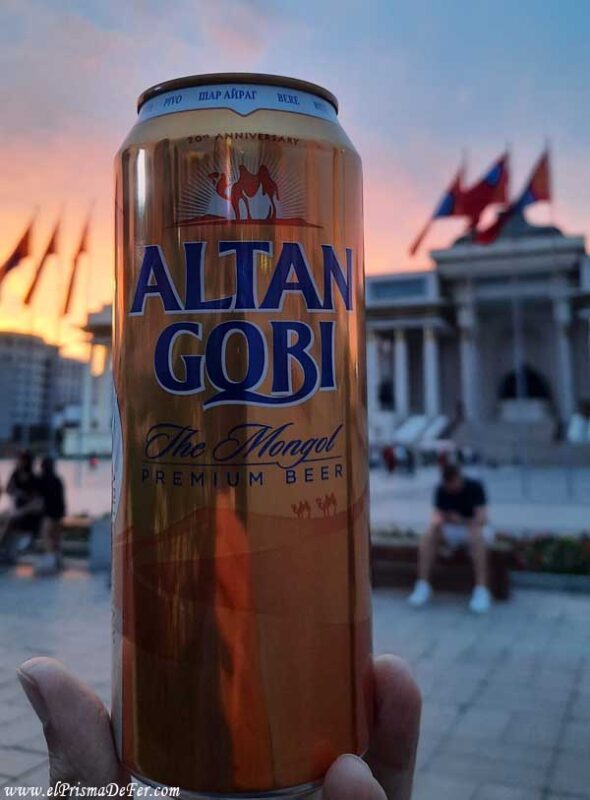
However, I really liked the city's energy and the vibe the Mongolians bring to it, especially the youthful atmosphere on the streets and the constant movement. I think being there in the summer also helped make everything feel more lively and vibrant. Ultimately, I was left with a good impression of the local character and culture.
Support The Prism of Fer!
Your support helps me continue creating free content on the blog. Thank you so much!


